Pakistan faces a tough security environment and is rapidly modernizing its air force. The main concern is India, which Islamabad sees as an existential threat. Recent clashes in May 2025 involved missiles, drones, and heavy artillery, proving the urgency of strong deterrence. Officials stress that national security and regional stability rest on airpower. Yet cost and strategy remain in focus. The Air Chief makes clear Pakistan seeks defense, not an arms race.

Source: The News
Modernization and Networked Strength of the Pakistan Air Force
Pakistan is upgrading its air force through multiple paths. A key step was buying modern fighters from China. In 2022, the PAF inducted its first batch of Chengdu J-10C jets. These single-seat, multi-role aircraft carry AESA radars and long-range missiles. They outclass older Mirages and F-7s. The deal closed in just eight months, showing urgency.
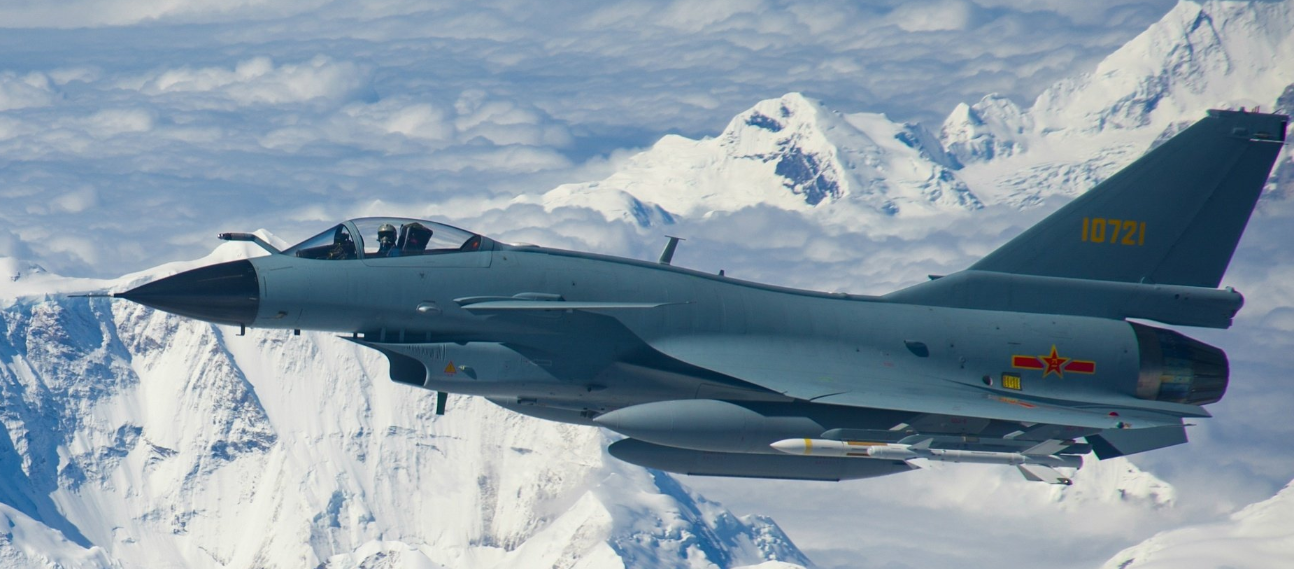
Chengdu J-10C
Source: Alpha Coders
Alongside imports, Pakistan is expanding its JF-17 Thunder Block-3 fleet. This joint Sino-Pak fighter has a new engine and radar. It matches many fourth-generation jets. Between 2020 and 2024, China supplied 81% of Pakistan’s arms imports, according to the Stockholm International Peace Research Institute (SIPRI).
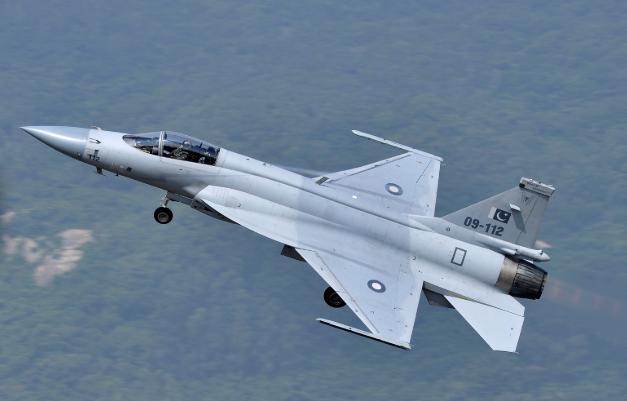
JF-17 Thunder
Source: Airliners
Pakistan is strengthening its air power with new platforms and better command systems. A key step is the National ISR and Integrated Air Operations Center. This headquarters links sensors and coordinates missions. It gives real-time data, faster targeting, and smooth links between fighters, drones, and radars. Speed and information are now decisive in war. Pakistan is also modernizing its fleet. By 2030, the air force will be fully networked. It will not only guard airspace but also shape regional dynamics with modern capabilities.
Unmanned Systems in Pakistan’s Airpower Modernization
Unmanned systems are becoming a key part of Pakistan’s modernization. The Air Force is adding advanced drones to expand its reach and strike power. Imagery shows plans to acquire Turkey’s Bayraktar Akinci HALE drones and TB2 attack drones, along with China’s Wing Loong II UCAVs. These platforms can carry heavy payloads of bombs, missiles, and guided rockets. The Akinci can stay in the air for 24 hours while carrying over 750 kg of weapons. The TB2 has already proven its effectiveness by defeating advanced air defenses, even outsmarting Russian Pantsir systems in past conflicts. Pakistan sees these drones as useful in counter-terror operations as well as large-scale conventional battles. Analysts note that in a clash with India, armed drones could play a decisive role. They would be used to strike thousands of tanks, artillery positions, and fortifications along the eastern front, reducing pressure on manned aircraft and giving Pakistan greater flexibility in combat.
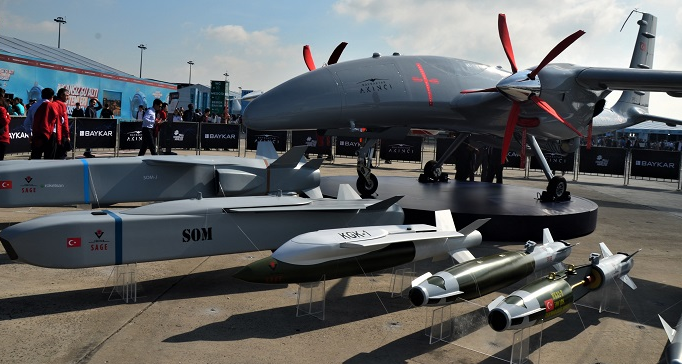
Bayraktar Akinci
Source: ir-ia
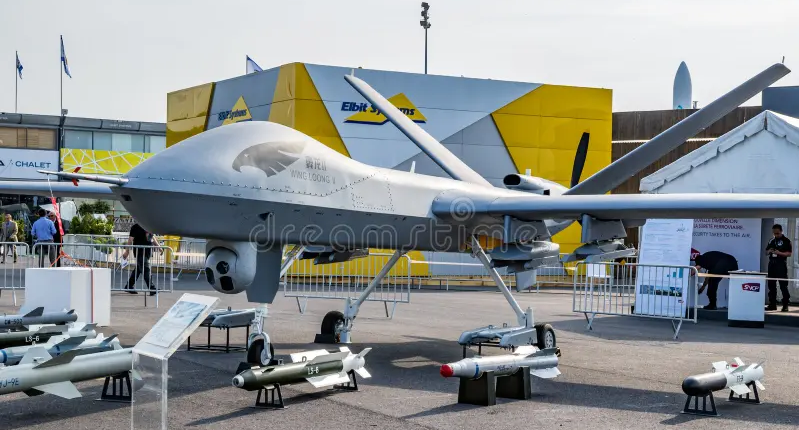
Wing Loong II UCAVs
Source: Thumbs
Global Recognition of Pakistan’s Modernizing Airpower
The Pakistan Air Force earned global praise at the Royal International Air Tattoo (RIATs) 2025. The JF-17 Block-III and the C-130 Hercules won top awards. The JF-17 was recognized for long-range deployment with aerial refueling. This shows Pakistan’s focus on endurance and extended reach. These are vital against India’s Rafales and other advanced jets. The C-130 was awarded for technical excellence. It reflects the PAF’s focus on logistics, rapid deployment, and humanitarian roles. Such recognition validates Pakistan’s modernization program. It proves the force is matching regional threats while gaining global credibility. By combining proven performance with new technology, Pakistan signals strength. Its airpower is becoming resilient, networked, and respected worldwide. This is vital as India deepens its defense ties with the US and Israel and as South Asia faces new strategic challenges.
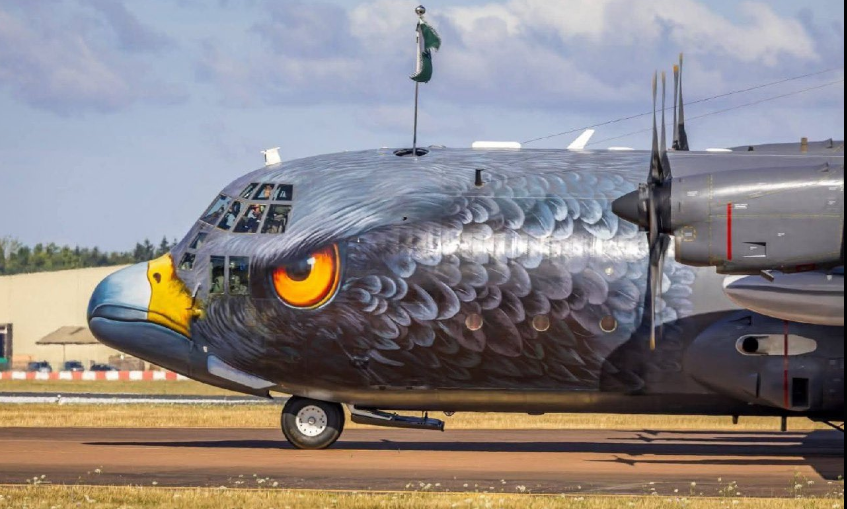
C-130 Hercules
Source: X
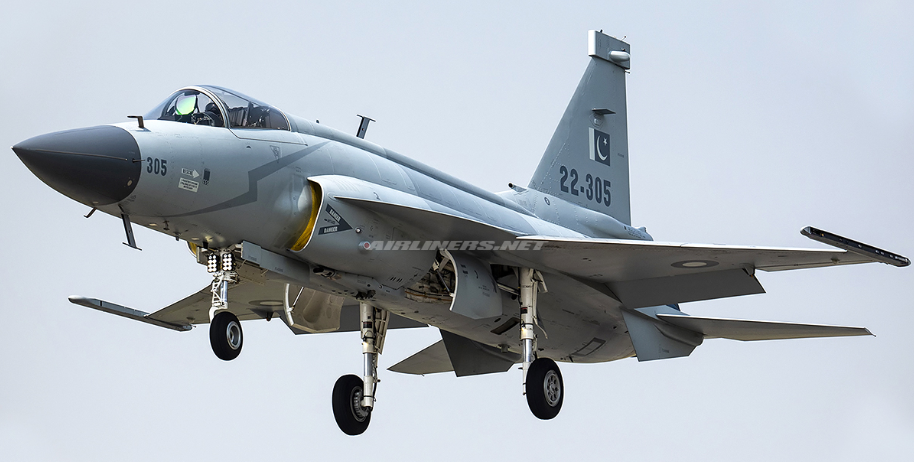
JF-17 Block-III
Source: imgproc
PAF TRIUMPHS AT RIAT-2025, WINNING TWO PRESTIGIOUS AWARDS AND GLOBAL ACCLAIM
19 July, 2025: Pakistan Air Force has once again upheld its proud tradition of bringing glory to the nation on the international stage. At the world-renowned Royal International Air Tattoo-2025, held in… pic.twitter.com/reE2w3Z3xN
— DGPR (AIR FORCE) (@DGPR_PAF) July 19, 2025
Pakistan’s Ground-Based Air Defense Modernization
Pakistan is also boosting its ground-based air defenses. At the 2023 Paris Air Show, it confirmed the purchase of Chinese HQ-9B long-range SAMs and YLC-8E 3D radars. These radars are marketed as anti-stealth, able to detect advanced aircraft. Paired with HQ-9B missiles, they extend Pakistan’s defense shield and improve protection against air incursions or ballistic threats. Pakistan is modernizing its air force with 40 Chinese J‑35A stealth fighters and KJ‑500 AEW&C aircraft. This marks its most ambitious upgrade in decades. These systems improve stealth, long-range strike, and surveillance. They also enable network-centric operations. Together, they greatly enhance the PAF’s combat capabilities.
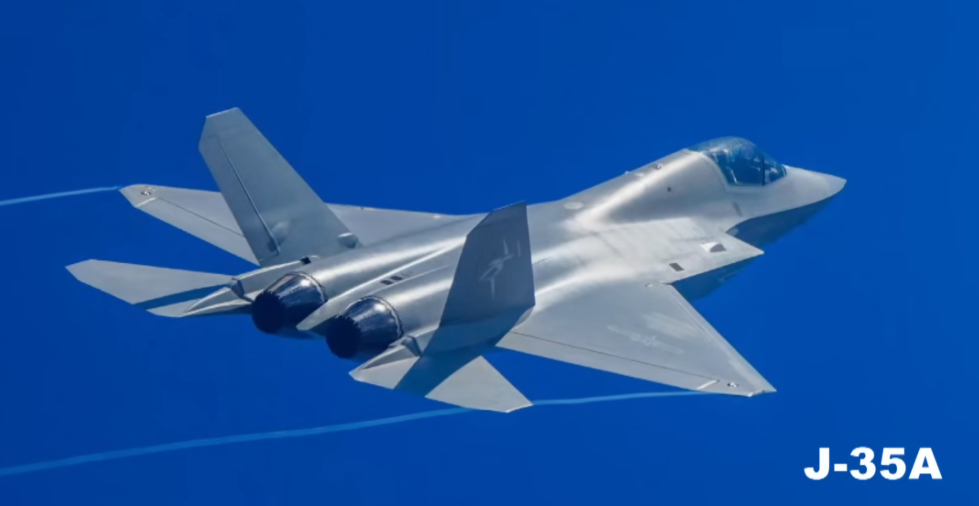
J‑35A
Source: Wikimedia
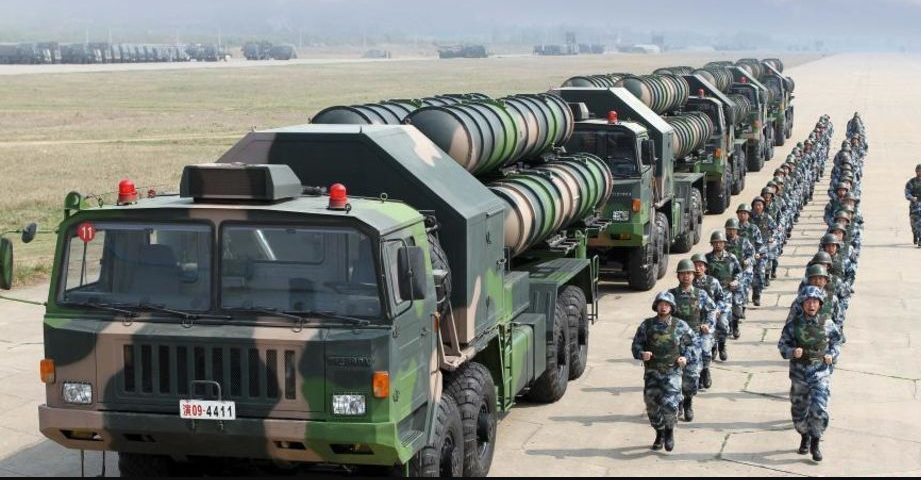
HQ-9B Long Range Missiles
Source: Military Watch Magazine
PAF’s Vision for 2030: Agility, Integration, and Deterrence
All these measures point to a clear vision for the Pakistan Air Force. By 2030, it aims to build a fifth-generation warfighting system centered on digital networks and survivability. The 2025 conflict with India pushed the force to choose agility over arrogance. The strategy is no longer about just buying jets. It is about building an integrated doctrine of airpower. This involves utilizing drones, enhancing situational awareness, and exploring low-observable technologies. Chinese fighters, advanced drones, and powerful radars are all part of this shift. Regional threats and the need for deterrence shape each step. The goal is a lean but advanced air force. One that stays credible, protects the skies, and can meet any challenge along the border.
Conclusion
The May 2025 aerial clash showed Pakistan the need to modernize its air force. The focus is on survivability and effectiveness, not prestige. India’s Rafale and long-range missiles are a serious threat. Pakistan is upgrading J-10C Vigorous Dragon, JF-17 Block III, F-16s, and indigenous drones. The goal is network-centric warfare, digital interoperability, and unmanned-manned teaming. Planned J-35A stealth fighters and AEW/C systems will boost situational awareness, precision strike, and deterrence. By applying these lessons, Pakistan is building a resilient, layered, and cost-effective air force that can counter threats, project influence, and achieve parity through technology and training.
You May Like To Read: From Lansdowne to CPEC: How Heritage Bridges Inspire Pakistan’s Modern Infrastructure







